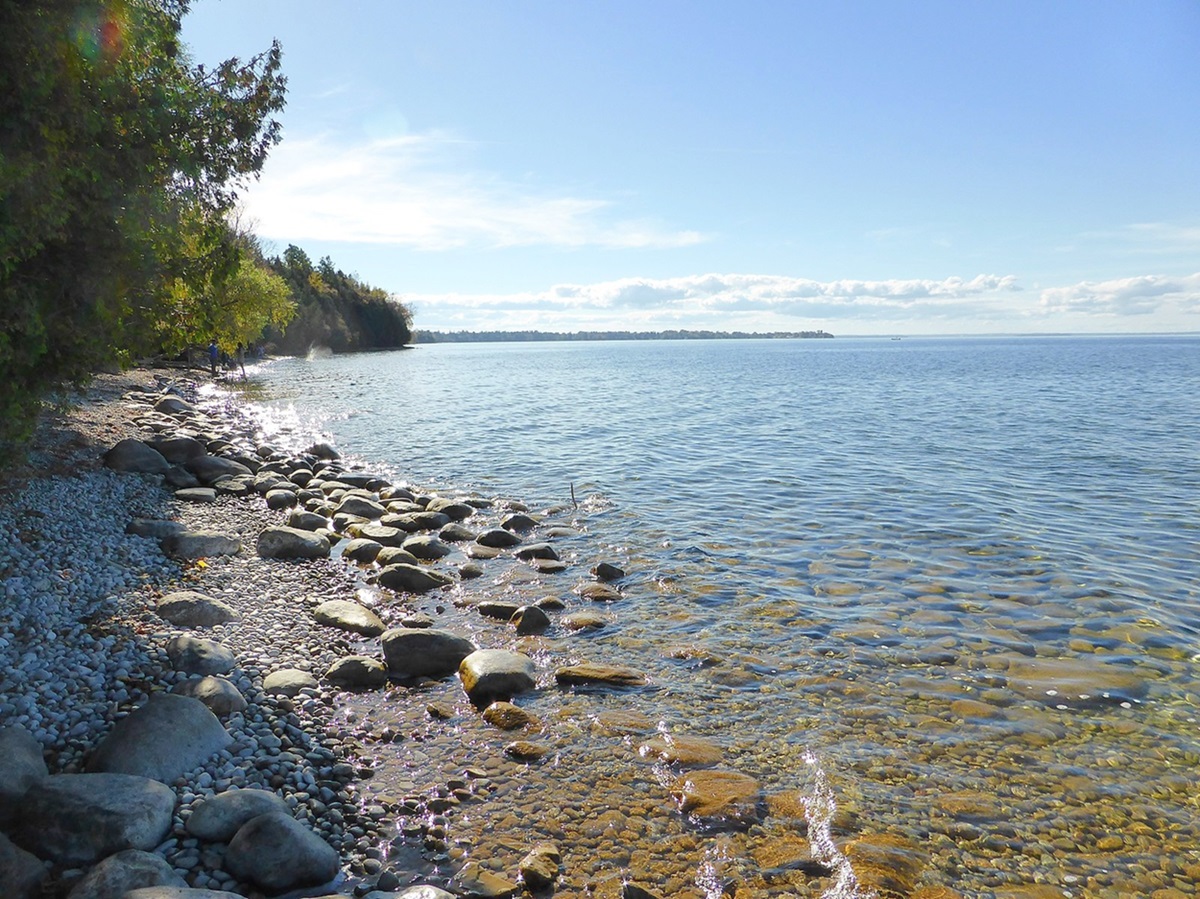
When the first Europeans arrived, the area was inhabited by Cree. Peter Pond built a fur-trade post in 1781; the village of La Ronge on the west shore is one of the oldest settlements in Saskatchewan. Today the area is a tourist centre catering to campers, fishermen and hunters. The name probably comes from the French verb ronger, "to gnaw," referring to the local beaver population.

 Share on Facebook
Share on Facebook Share on X
Share on X Share by Email
Share by Email Share on Google Classroom
Share on Google Classroom


